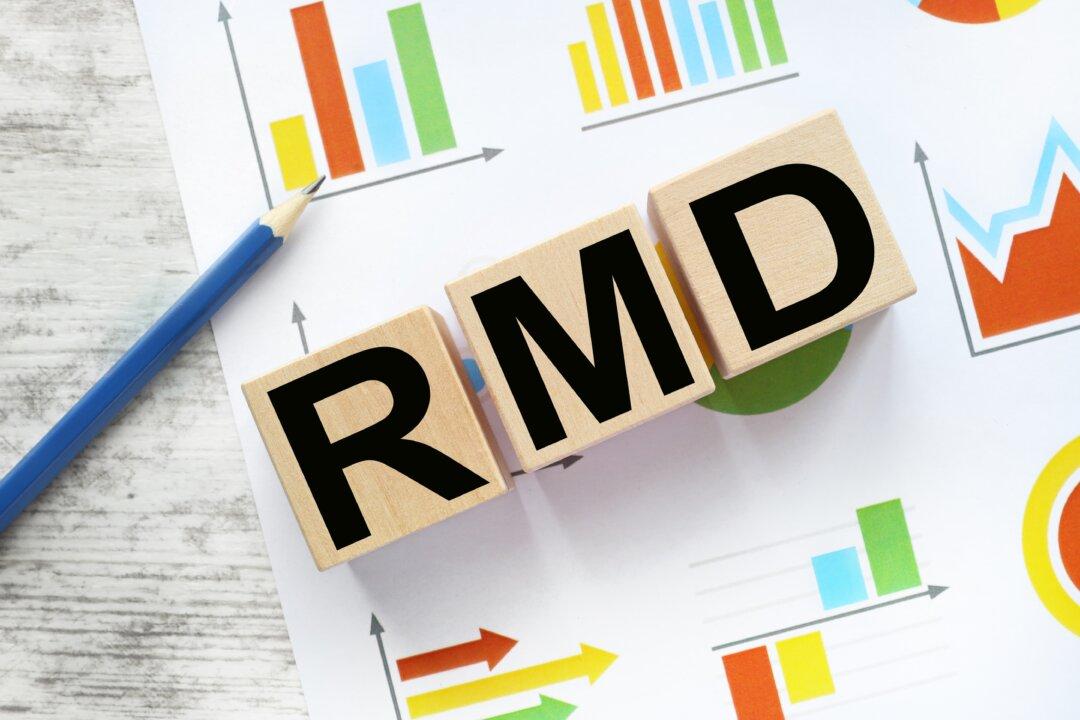Timing
Retirees exert some control over the start of RMDs via their required beginning date, which is April 1 following the year in which they turn 73. Deferring this tax bill by close to a year might seem like a win, but you’ll have to take an additional RMD by the following year-end. That means that delaying the first RMD isn’t often advisable.People over age 73 who are still working and covered by a retirement plan can also typically delay RMDs from that plan. But if they have an individual retirement account (IRA) separate from the plan, RMDs are still due from the IRA.
Once RMDs are up and running, retirees can take their RMDs at any time during the year. Some take them early so they don’t forget, while others delay them until year-end to coincide with other year-end tax planning and charitable giving.
The Amount
Investors have a bit more control over the amount of their RMDs, though the opportunity to lower them and the taxes due is greatest in the pre-RMD years.Making contributions to Roth accounts rather than traditional tax-deferred vehicles is a key lever. The postretirement, pre-RMD years are also an excellent time to convert traditional IRA balances to Roth at a life stage when people usually have significant control over taxable income.
Accelerating withdrawals from RMD-subject accounts can also make sense in those postwork, pre-RMD years, enabling investors to lower their RMD-subject balances when their tax rate is low relative to what it might be later on.
Once RMDs start, charitable giving is the best way to lower taxes on RMDs. Making a qualified charitable distribution (QCD) from an IRA is an option once you reach age 70½, which can help you avoid the taxes that would normally be due if you took the RMD and spent it.
The Source
Retirees have a fair amount of control on determining which accounts or holdings to take RMDs from. Strategic RMD-taking won’t lower the taxes due on the distribution, but it can help take risk out of the portfolio or achieve other investment aims.For example, let’s say I have 10 holdings in my IRA, a combination of U.S. and non-U.S. stocks, bonds, and cash. As long as I pull the right amount from the IRA for my RMD, I can apply some investment strategy to determine where I go for that withdrawal. After an equity market rally, for example, I may wish to pull all of my RMD from U.S. equities to rebalance and reduce risk in my portfolio.
Retirees with multiple IRA accounts can also concentrate their RMD-taking in specific accounts. Let’s say I have two separate IRA accounts—one holding index mutual funds and a smaller IRA with individual stock holdings. If desired, I could take all of my 2025 RMD from my account with individual stock holdings and leave the fund portfolio alone. What matters is that you take the right amount from the IRAs, not where you go for them.
There is an important caveat here, though, which is that if you have RMD-subject accounts that are different types—say, an IRA and 401(k)—you must calculate your RMD amount for each account separately and take an RMD from each.








